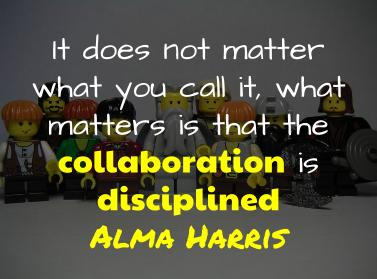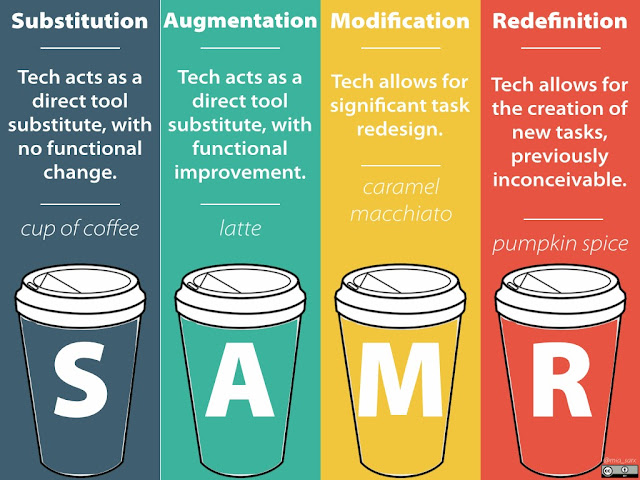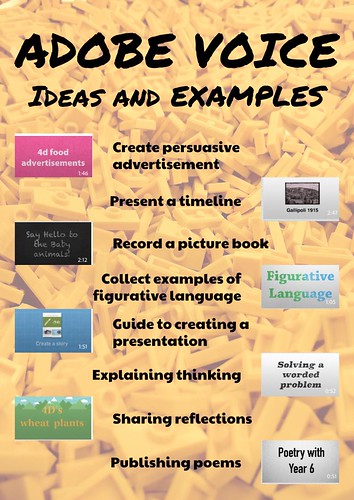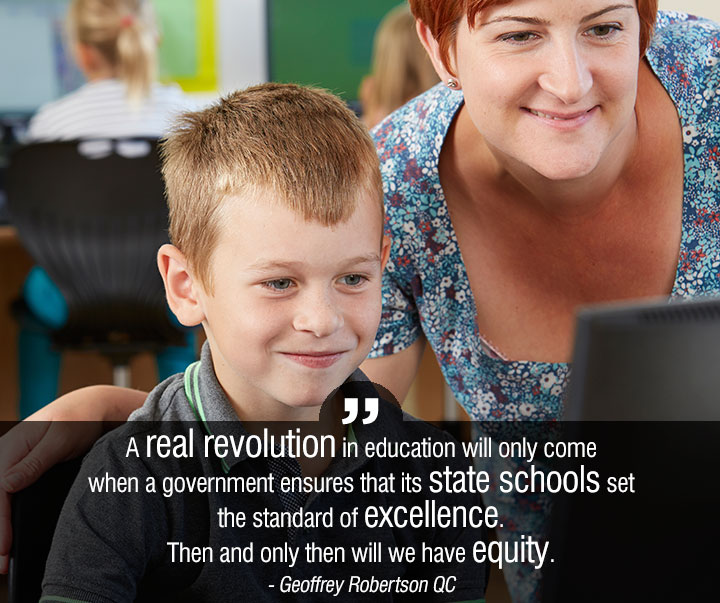

flickr photo shared by mrkrndvs under a Creative Commons ( BY-SA ) license
This post was originally posted on Peter DeWitt’s Finding Common Ground blog on the 17th of May.
In a recent post, Peter DeWitt reflected on why faculty meetings can often be a waste of time. He provided three reasons:
- The information could have been provided through an email
- Staff not involved in constructing the meeting
- A lack of a focus on learning.
In conclusion, he described how when he was principal he came to the realisation that what was needed was to “co-construct meetings together and focus on learning.” This focus on learning reminded me of a comment from Viviane Robinson’s book Student-Centered Leadership that, “the more leaders focus their relationships, their work, and their learning on the core business of teacher and learning, the greater will be their influence on student outcomes.”
My school has made a significant change this year in regards this, with a focus on co-constructing meetings and learning through the introduction of Disciplined Collaboration.Led by the work of Professor Alma Harris and Dr. Michelle Jones, Disciplined Collaboration in Professional Learning(DCPL) is a model for empowering teachers to own the process of learning.
Many educational initiatives often start out with a clear set of practises in mind. Disciplined Collaboration instead provides a structure for staff to enquire into student learning through the analysis of data, diagnosing teaching and learning issues that students actually face, working collaboratively to build teacher efficacy and then returning to data to measure the impact.
The model is best understood by considering it as three clear stages: collaboration, innovationand impact. Overall, it is designed with the dual role of improving student outcomes and moving professional learning away from the mere acquisition of knowledge and skills, to a more active role of construction and co-construction of professional knowledge.
One of the challenges associated with Disciplined Collaboration is creating the right conditions to support collective inquiry in order to determine success. A part of this is having a clear theory of action, providing staff with the appropriate skills to support collaborative learning, as well as fostering a culture of trust in which accountability for impact is shared. This is all connected with the notion of distributive leadership and the mobilisation of expertise across the board. According to Harris and Jones, the place of formal leadership is to provide meaningful opportunities for informal leadership to prosper.
There are many similarities to other models, such as Professional Learning Communities andCommunities of Practise. However, Harris states, “it does not matter what you call it, what matters is that the collaboration is ‘disciplined’.” If we truly want to make change then we need to be disciplined.
A New Way of Collaborating
Previously, the focus had been on developing a guaranteed and viable curriculum, where students had the opportunity to learn and the time to do it. However, it was found that within this map there was not necessarily enough differentiation in what was being taught. One of the reasons for this is that curriculum and content was set during one day long planning session and then elaborated on throughout the term. The issue was that this presumed that, as teachers, we know what bait fish will be biting in ten weeks time, which is not always the case. So the focus was turned to working in teams to clearly identify both the needs of the cohort, as well as the particular needs of the class.
For example, starting with Fontas and Pinnell Benchmark Assessment System, the group I am a part of enquired into the results and it was identified that a particular area of need was fluency. So to start with, teachers built focused content knowledge around fluency. It was identified that there are characteristics associated with reading fluency, something that had largely been overlooked up unto that point. With this new knowledge, the challenge then was to take this into the classroom. So a check-list was developed to ascertain where the specific problem lay and go deeper in regards to supporting student growth. Instead of supporting students with every aspect, teachers are then able to pull out particular groups of students for more focused attention.
This change has not meant moving away from the guaranteed and viable curriculum, but to make sure that what is being taught is at the point of need. So although the focus may still be on poetry, this focus was made specific to needs of the students in class. In addition to this, Disciplined Collaboration brings with it an increase in teacher capacity and deeper knowledge of learning taken back into the classroom.
In the End
Clearly, this is a new approach and has a long way to go to being fully unpacked and implemented. However, there are already some discernible changes, in particular, the professional conversations amongst staff, a focus on learning during meeting times and the trust from leadership. Whereas meetings in the past were facilitated by curriculum leaders, teams are now left to enquire themselves, with leaders touching base to check if any support is needed, if not they move onto the next group.
I think that it is important to remember, no one tries to be a poor teacher. A point George Couros made recently. The question then is what disciplined structures are in place to support and empower every teacher to grow professionally? Surely working collaboratively is at the heart of this.
For those interested, here are some additional resources for getting started:
Evidence Based Learning Cycle (Big and Small Media): A great collection of links and resources
Disciplined Collaboration in Professional Learning: An AITSL site dedicated to the project, with a great introduction to the model.

If you enjoy what you read here, feel free to sign up for my monthly newsletter to catch up on all things learning, edtech and storytelling.























